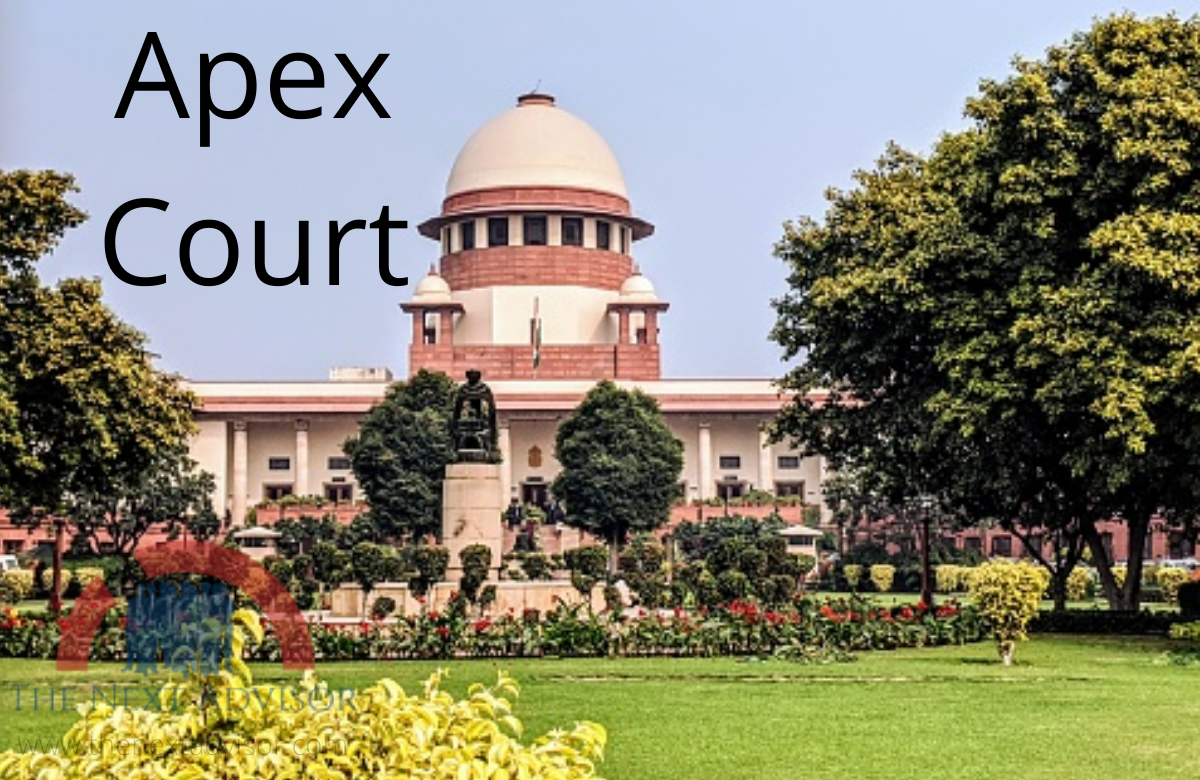Here you will be aware of Live-In Relationship What Supreme Court Says ?, And I will let you know the legislation related to the live-in relationship as well as the judgments of the Supreme Court of India. What Supreme Court had let down pertaining to the live-in relationships in India (Live-In Relationship What Supreme Court Says ?) and What is the law that governs live-in relationships?
Law has been playing a vital role in social change. Law and society try to regulate the conduct of the individual. The institution of marriage is the foundation of the society’s interest, of the society, well protected by keeping the foundation of the institution of marriage strong. Since the matter related to marriage is false within the purview of personal law.
Each religion in India is having its own law relating to marriage along with other family matters. As we are observing changing living patterns in society law has to respond properly keeping in view the social and constitutional values in its mind. In recent times the Indian judiciary has taken a lead and shown the right path for the progress of society.
As we all are aware we are seeing the judgments of the Supreme Court, The expression ‘live in relationship‘ in its ordinary sense means that two people living together without intending to established any kind of permanent relationship between them.
This kind of relationship has emerged primarily out of convenience. Partners in such kinds of relationships initially lack the commitment to each other. The main element that works in such relationships is ‘compatibility’ between such partners. Due to modernization and city culture, we are observing this kind of relationship in a few parts of Indian society.
Different kinds of persons may be involved in such relations. An unmarried man and unmarried woman or married man and unmarried woman or unmarried man or married woman or persons of same-gender may live together. As we are seen in various parts of India.
The main issue that concern everyone who is interested in the progress of society are namely,
a) Whether the Indian society is prepared to accept such a new kind of relationship? This is the burning question of the time.
b) What are the repercussions of accepting or rejecting such relations on the continuity and progress of Indian society?
c) Should the new law be made in India to regulate such kind of relationship?
d) What are the consequences of the legalization of such relationships on married partners? Should the existing laws relating to maintenance, guardianship, succession, and inheritance be amended to accommodate such relationships?
e) What is the role of the Indian judiciary in the sphere of emerging such relationships?
The trend of the Indian judiciary is so far not consistent with regard to the recognition of such relationships. But in so far as the protection of the claims of women in such relations is concerned, the Indian judiciary firm in its stand to render justice to the vulnerable section of the society. Live-in relationship is not new for western countries.
Some tried to define a live-in relationship by observing that it is an arrangement of living under the couples who are unmarried life together to conduct a long-going relationship similarly as in marriage. Some couples believe that going to the wedding is just a waste of money because they think their love does not need any paper certification or social drama. This is a thought in some couples or in some countries.
According to Osho
According to Osho, their true nature in human beings is polygamy. Marriage makes them monogamy which is against its nature. So that is the reason after marriage two people keep relation outside wedlock. We can enforce from analyzing the relationship that it is evident that living couples are still largely from professions like entertaining, advertising, modeling, and media.
According to Samindara Sawant
According to Samindara Sawant, a clinical psychologist from Mumbai has found that the trend of living relationships has not really caught on in India. Especially in the middle and the upper-middle classes where still very much the norm. Live-in relationships are practiced mostly in metropolitan cities among affluent societies.
Such practice is still a social taboo in a major part of our country. Which is constituted by villages and towns. According to a view the live-in relationships are earlier in existence in the form of ‘Maitreya Kararas’ in our Indian scriptures. Which has been practiced in some parts of Gujrat.
Let us see what is the laws related to live-in relationships (Live-In Relationship What Supreme Court Says?) There is no statute directly dealing with live-in relationships in India. The Hindu Marriage Act 1955, confers the legitimacy of children born out of ‘void’ and ‘voidable’ marriages and establishes their succession and property rights. The void marriage is not a marriage in the eye of law.
The question is whether the relationship exists in the void and voidable marriage is equated with the live-in relationship as understood in its popular sense. The protection of women from Domestic Violence Act 2005 also provides some kind of protection, aggrieved parties from any kind of atrocities faced by the females living in a relationship in the nature of marriage. who is in the nature of marriage?
This Act has been widely held as the first legal act to recognised the existence of non-marital adult heteroexual relations. This act defines an “aggrieved person” who will be covered under this act as any woman who is or has been in a domestic relationship with the respondent and who alleges to have been subjected to any act of domestic violence by the respondent.
Indian judiciary is neither expressly encouraging nor prohibiting such kind of live-in relationships in India. Judiciary is rendering only justice in accordance with the law in a particular case. The make concern of the judiciary is to prevent the miscarriage of justice. The judiciary in deciding the cases keeps in mind the social mores and constitutional values.
In Payal Katara Vs. Superintendent Nari Niketan Kandri Vihar Agra and others the High Court of Allahabad ruled out that a lady of about 21 years of age being a major, has the right to go anywhere and that anyone, man and woman even without getting married can live together if they wish.

Apex court
Live-in Relationship What Supreme Court Says?
In Arvindbhai Rambhai Patel and others, the Apex Court observed that a live-in relationship between two adults without formal marriage cannot be construed as an offence.
In Lata Singh Vs., State of U.P. and others the apex court held that live-in relationship is permissible only in unmarried major persons of heterogeneous sex.
In Radhika Vs. The State of M.P. the apex court observed that a man and woman are involved in a live-in relationship for a long period, they will be treated as a married couple and their child would be called legitimate.
In Abhijit Bhikaseth Vs. State of Maharashtra and others on 10.09.2009, the Apex Court also observed that it is not necessary for women to strictly establish the marriage to claim maintenance under Sec.125.Cr.PC. A woman living in a live-in relationship may also claim maintenance U/S 125 of CrPC, which comes under Chapter 9 of The Code of Criminal Procedure 1973.
In Chellamma Vs. Tilamma the Supreme Court gave the status of wife to the partner of a live-in relationship, Katju J. and Mishra J. stated that, in their opinion, a man and woman, even without getting married, can live together if they wish to. This may be regarded as immoral by society, but is not illegal. There is a difference between law and morality.
The bench went on one step ahead and observed that the children born to such parents would be called legitimate. They have the rights to their parents’ property. When the advantage of the ruling is that it would not only deter the couple to take the hasty decision of splitting each other but also would encourage the couple to produce their offspring.



























